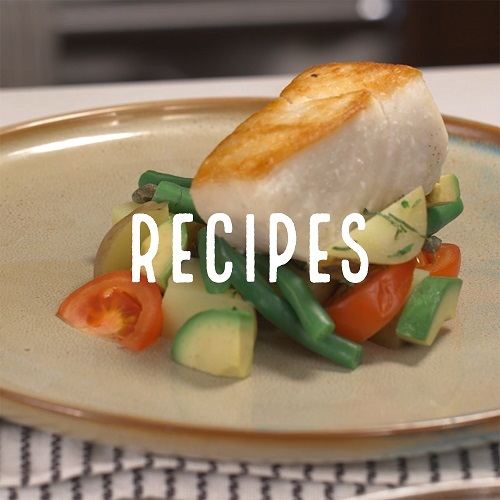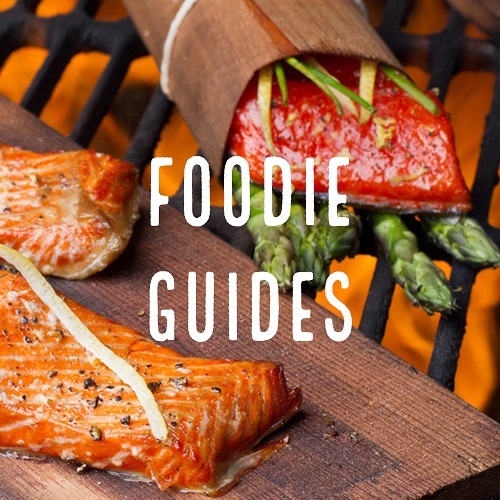Is squid sustainable?
At the MSC, we believe that there is no such thing as a sustainable species, only sustainable stocks (‘stock’ is another word for group or population of fish). There are many stocks of squid and four certified squid fisheries. This means that squid with the MSC blue fish label can be found in stores and restaurants throughout North America.
Long story short: if your squid has the MSC blue fish label on it, it’s sustainable!
That means enough squid are being left to continue reproducing, it was caught in a way that minimizes environmental impact, and there is responsible management in place so any changes to the population or the environment are monitored and can be responded to as needed. Squid with the MSC blue fish label is certified sustainable and can be traced back to a well-managed fishery.
Did you know? There are more than 300 species of squid in our ocean and they range in size from over 40 feet (the giant squid) to less than half an inch (the benthic pygmy squid).
What is squid?
Of the 300 squid species, the three main ones eaten in North America include California market squid, longfin inshore squid, and shortfin squid. In general, squid has a mild, sweet flavor and can be sauteed, grilled, or even deep-fried.
Did you know that the word ‘calamari’ isn’t the name of a specific dish or preparation of squid, but it actually comes from the Italian word for squid (calamaro)!
Shortfin Squid (Illex illecebrosus)
Shortfin squid, sometimes called ilex or summer squid, are fished from North Carolina to Maine. They range from seven to 12 inches in length and grow quickly – about a millimeter day! Shortfin squid typically live for less than a year. Their quick lifespans make them particularly vulnerable to the effects of climate change. This makes the sustainable management of squid fishing even more important.
Longfin Inshore Squid (Doryteuthis (Amerigo) pealeii)
Longfin squid, also called loligo or winter squid, are fished between North Carolina and Southern Massachusetts. They migrate vertically every day, spending time on near the seafloor during the day and near the surface at night. As their name implies, these squid have particularly long fins – usually at least half the length of the mantle (the large body of the squid). They’re a little bigger than their shortfin relatives, reaching 1-1.5 feet in length.
Is squid healthy?
Squid is a great source of omega-3 fatty acids, according to our friends at the Seafood Nutrition Partnership. Omega-3s benefit the brain, heart, and eyes. Squid is also low in saturated fat and high in vitamin C, Iron, and Calcium.Where can I find sustainable squid?
MSC certified squid is most often found in the freezer section of your local grocery store (or online retailer!). Take a look at our Where to Buy MSC Certified Seafood page or download our Blue Fish Guide to become an expert at finding all types of products with the MSC blue fish label in your area.
Recipes
Find a new favorite dish in our collection of sustainable seafood recipes from expert chefs.

Cooking Tips
For cooks of all levels, check out these tips and tricks for the best sustainable seafood dishes.

Foodie Guides
Dive deeper with these foodie guides on sustainable seafood species and cooking techniques.
